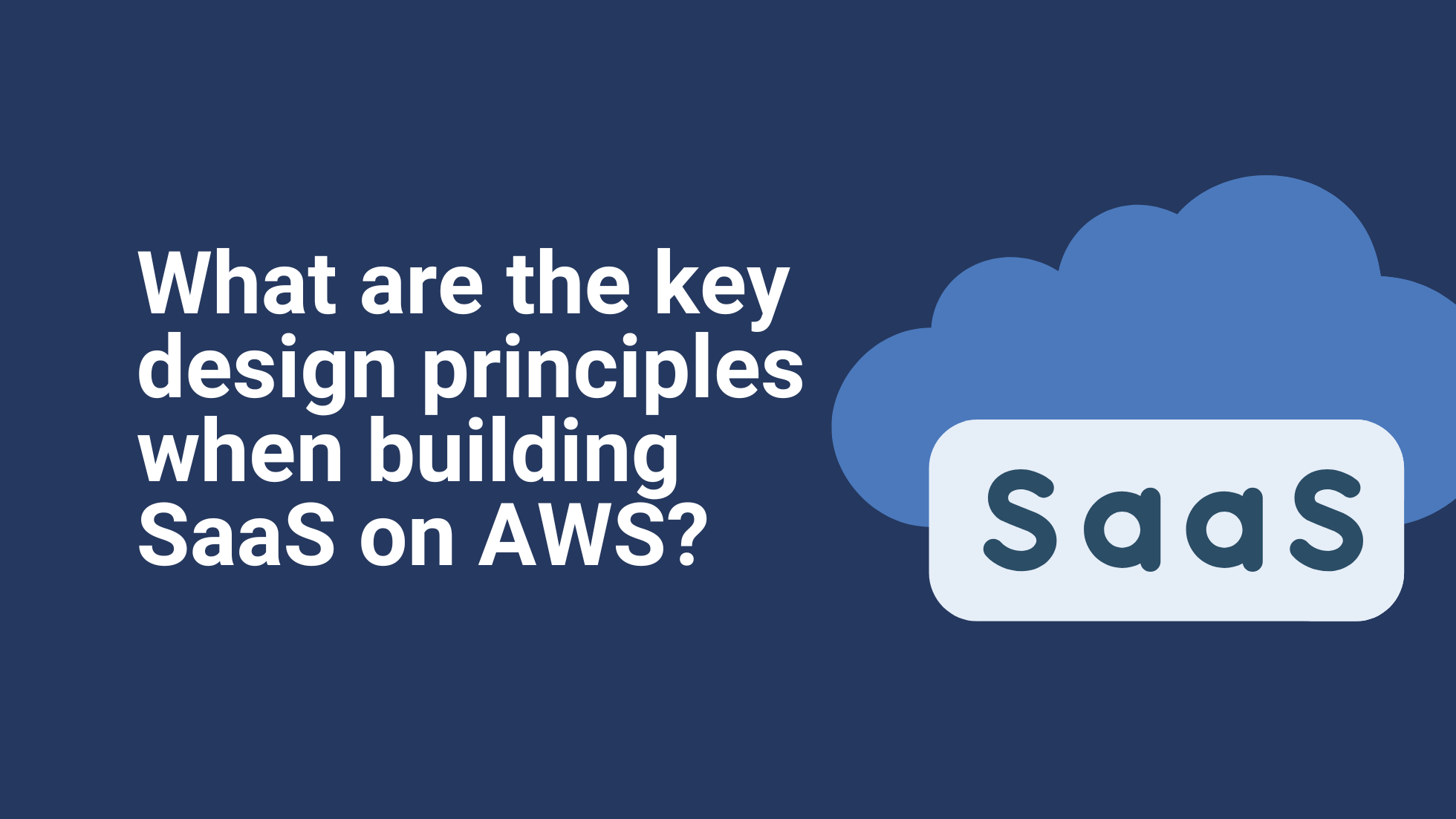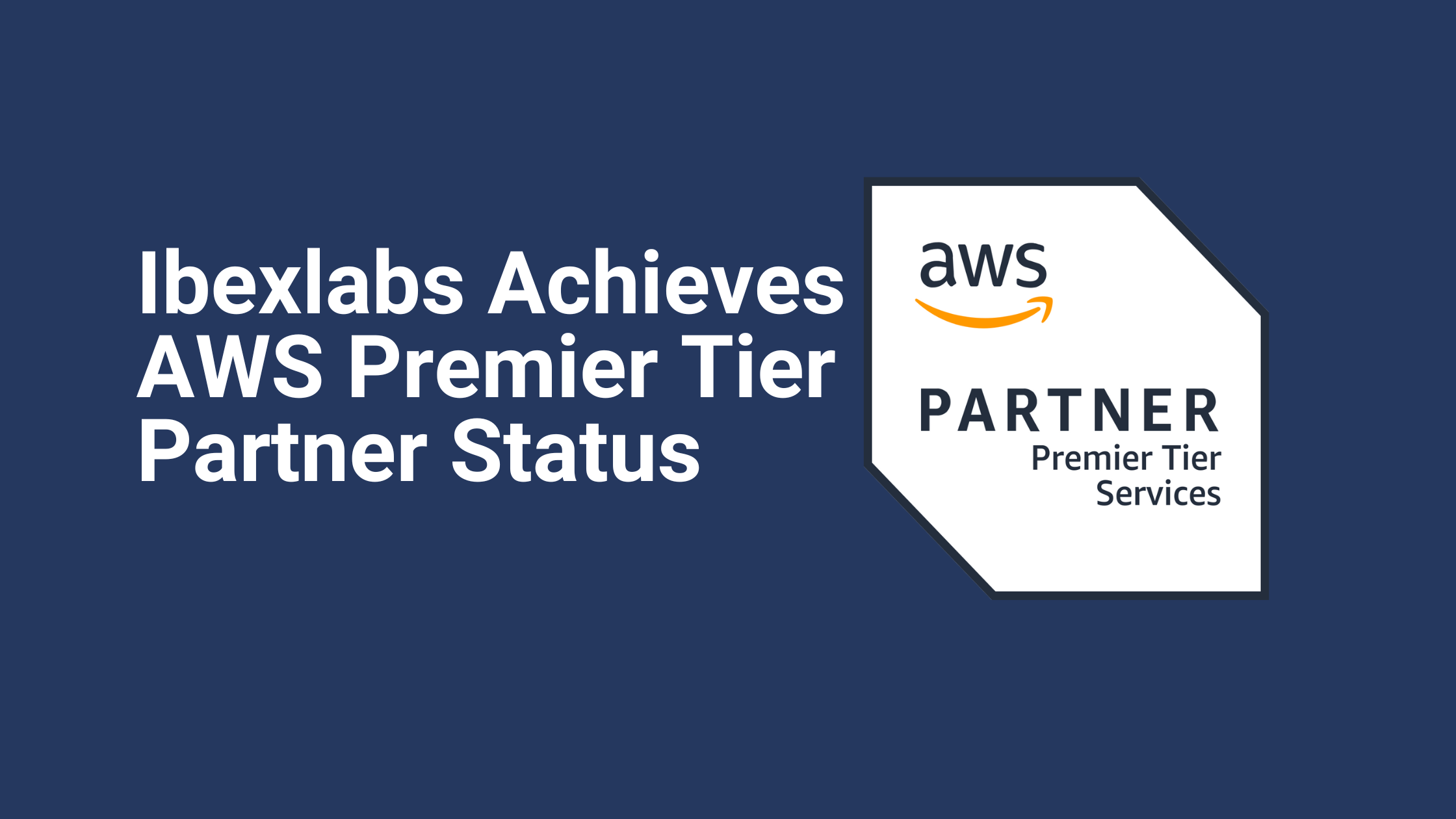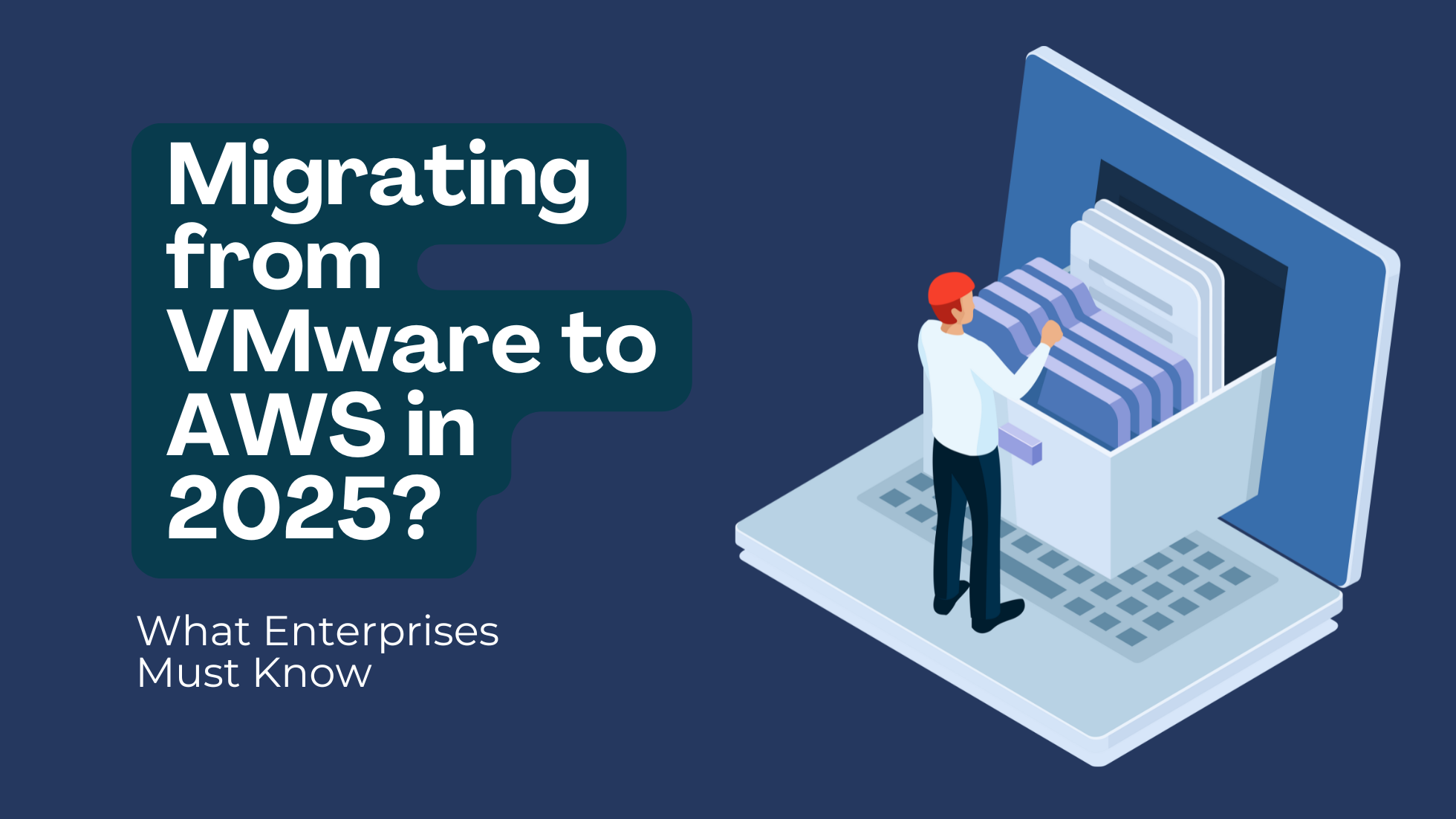Architecting SaaS on AWS? Unlock our 2025 Guide
A few months ago, a growing independent software vendor (ISV) had just completed its “cloud migration.” They had containerized their legacy app and spun up EC2 instances on AWS. It was a win on paper. But there was a problem.
Customers expected instant onboarding. They wanted usage-based billing, tenant isolation, and zero-downtime upgrades.
Instead, they got delayed provisioning, shared database conflicts, and unpredictable performance. The issue wasn’t the cloud. It was the architecture. Bottomline?
Running software on AWS isn’t the same as building SaaS on AWS.
Architecting SaaS on AWS is more than a hosting decision—it’s a transformation of the delivery model. It requires multi-tenancy, tenant isolation, automated onboarding, metering, operational visibility, and enterprise-grade security, all of which must be baked into the architecture from day one.
Mistakes ISVs Make When Building SaaS on AWS
Based on insights from the AWS re: Invent 2024 session, SaaS Architecture Pitfalls here are six key pitfalls that ISVs should be aware of when architecting SaaS on AWS.
1. Avoid one-size-fits-all
Designing a one-size-fits-all deployment model can limit flexibility and scalability.
Recommendation: Implement a tiered deployment strategy that balances isolation and cost-efficiency, combining shared and dedicated resources based on tenant requirements for SaaS on AWS.
2. Neglecting Tenant Isolation
Inadequate isolation between tenants can lead to security vulnerabilities and data leakage.
Recommendation: Adopt robust isolation mechanisms, including strict IAM policies, network segmentation, and per-tenant encryption keys, to ensure data security and compliance.
3. Overlooking Cost Optimization
Failing to monitor and manage per-tenant costs can result in unprofitable operations, primarily when serving smaller customers.
Recommendation: Implement cost tracking at the tenant level to identify high-cost areas and optimize resource allocation accordingly for SaaS on AWS environments.
4. Insufficient Automation
Manual onboarding, deployment, and scaling processes can impede growth and increase the likelihood of errors.
Recommendation: Automate operational workflows using Infrastructure as Code (IaC), CI/CD pipelines, and automated monitoring to enhance efficiency and scalability.
5. Inadequate Failure Testing
Not simulating failure scenarios can leave the system unprepared for real-world issues, affecting reliability and customer trust.
Recommendation: Conduct regular failure injection tests to evaluate system resilience and improve recovery strategies.
6. Complex Deployment Strategies
Overcomplicating deployment architectures can lead to maintenance challenges and increased operational overhead.
Recommendation: Simplify deployment models where possible, ensure that complexity aligns with business needs, and justify the added maintenance effort.
14 general design principles for SaaS on AWS
The Well-Architected Framework SaaS Lens identifies a set of general design principles to facilitate good design in the cloud for SaaS applications. An experienced SaaS on AWS builder like Ibexlabs can help an ISV to (re-)architect their software around these design principles.
These principles are not all related to technical software changes; they also cover non-functional operations and business models.
1. Adaptability is key
There are often multiple options for each design consideration or well-architected pillar.
Every SaaS on AWS setup is unique, shaped by business requirements, market segments, and compliance needs. Regardless of system design, the goal is to offer agility, customer experience, and efficiency within a single management pane.
2. Break down services based on multi-tenant load and isolation
A SaaS solution is rarely a single monolith. For each component (e.g., AWS service), consider factors such as multi-tenant loads, tenant tiers, and isolation requirements when segmenting your system. Different services may handle data in different ways based on these factors.
3. Ensure tenant resource isolation
Protect against bad and noisy neighbors. A successful SaaS system must have a security model that prevents cross-tenant access, thus ensuring the safety of tenant resources across all architecture layers.
4. Plan for growth
Aim to grow in line with demand and shrink during churn. Design your SaaS environment to easily accommodate a growing number of tenants without significantly expanding your operational or infrastructure footprint.
5. Track and analyze tenant metrics
“See inside” your tenants’ behavior without breaking privacy and confidentiality. Invest in systems that can provide insights into tenant usage patterns, system loads, bottlenecks, and costs. These insights can inform your business and architectural strategy.
6. Standardize tenant onboarding
Automate as much as possible. Make onboarding new tenants streamlined and repeatable to enable scalability and fast customer value realization.
7. Cater to diverse tenant experiences
Be wary of forking your SaaS on AWS into multiple versions. Be prepared to support varying tenant profiles, demands, and expectations without creating custom product versions. Feature and/or tenant flags can help.
8. Enable customization while maintaining efficiency
If customers request customizations, include them as configuration options for all customers, maintaining a single environment. It is also technically possible to use feature flags to turn on “hidden” or special features for specific tenants, out of band from their in-tenant configuration settings.
9. Link user identity to tenant identity
Ensure shared components and services are continuously operating on the correct tenant. Ensure the tenant context is easily accessible across your application layers, tying user authentication and authorization to the tenant identity.
10. Align resource consumption with tenant activity
Avoid over-provisioning by aligning infrastructure consumption with real-time tenant activity, which can significantly vary.
11. Limit developer exposure to multi-tenant concepts
Hide the details of tenancy from developers as much as possible by providing them with libraries and reusable constructs.
12. SaaS is about business strategy, not just technology
Design an architecture that fosters innovation, agility, and efficiency. A technically perfect SaaS on AWS architecture that lacks these attributes may not compete effectively in the SaaS marketplace.
13. Develop tenant-aware operational views
SaaS operations teams need to analyze and profile individual tenant activities. A robust SaaS operational setup provides insights into the usage patterns of specific tenants or tenant tiers.
14. Measure individual tenant cost impact
Understanding how individual tenants affect your SaaS environment’s cost footprint can provide valuable insights to shape your business model and architecture.
Ibexlabs is an AWS SaaS Consulting Competency Partner. We help ISVs by providing deep AWS expertise in optimizing cloud architecture for SaaS, listing SaaS products on the AWS Marketplace, and tailored GTM acceleration. Contact Ibexlabs today.










